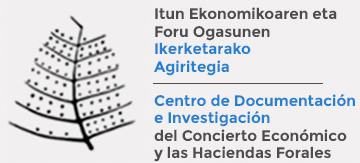This paper introduces two new Commitment to Equity (CEQ) indexes to assess the effectiveness of taxes and transfers in reducing inequality and poverty: the Impact and Spending Effectiveness indicators. The Spending Effectiveness indicator has an additional interpretation as a measure of efficiency. These effectiveness indicators are used in this paper to rank taxes and transfers in Iran. In addition, I estimate the Fiscal Impoverishment and Fiscal Gains to the Poor Effectiveness indicators, which have also been developed by the CEQ Institute. The results show that in this case study, taxes and transfers are similarly effective in achieving their inequality-reducing potential. The income tax is the most effective intervention on the revenue side, achieving 40 percent of its inequality-reducing potential. On the spending side, social assistance transfers are the most effective, achieving 45 percent of their potential. Taxes are especially effective in raising revenue without causing poverty to rise, indicating that the poor are largely spared from taxation. In contrast, transfers are not very effective because the majority of them are not targeted to the poor: the most effective transfers achieve 21 percent of their poverty reduction potential.
Actualidad


